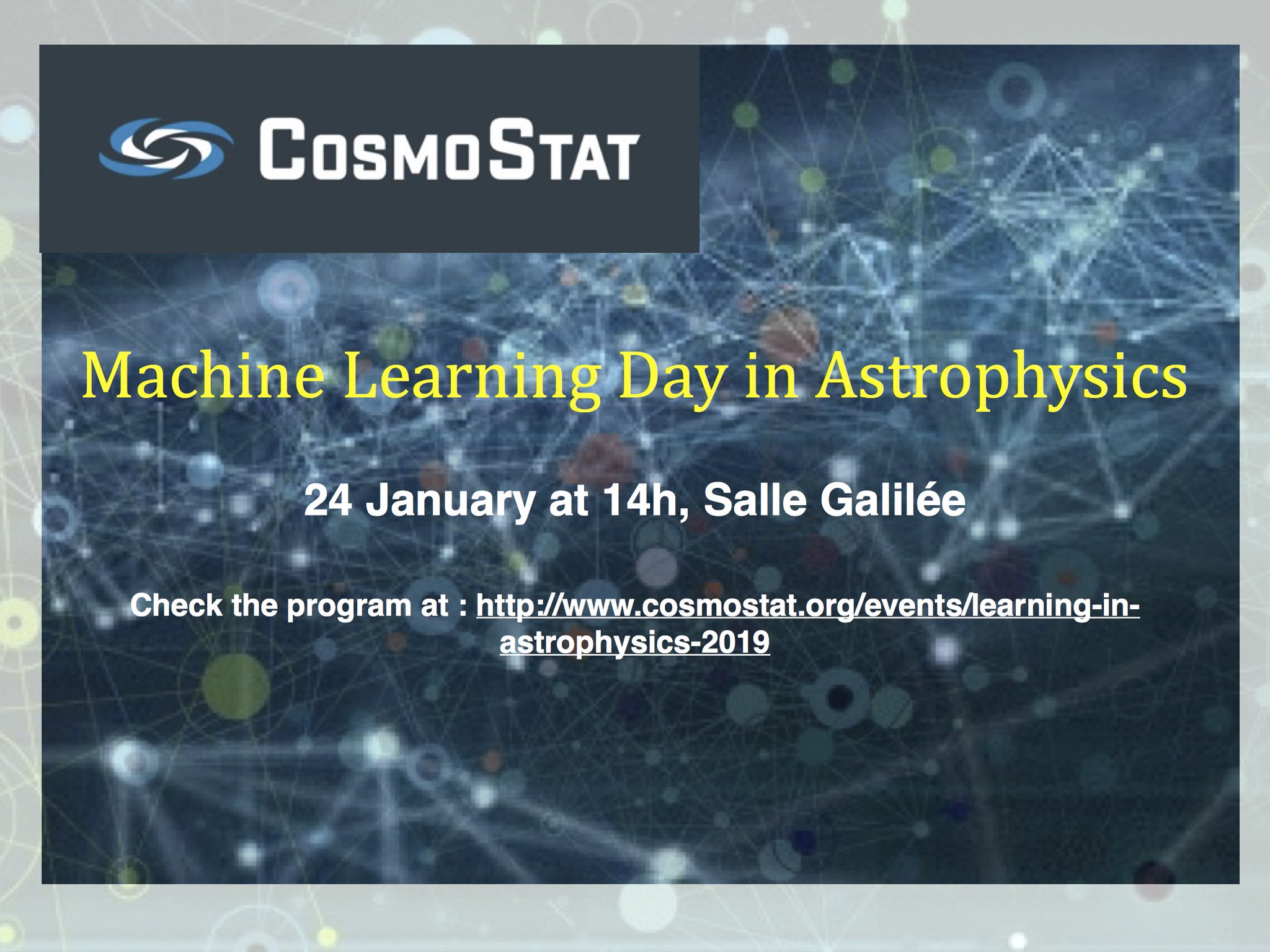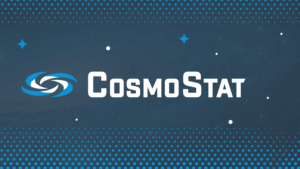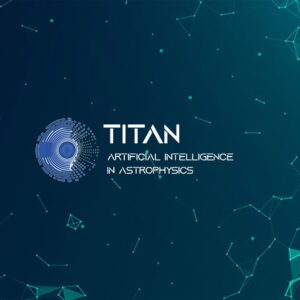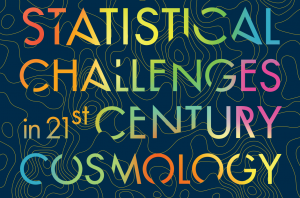Date: January the 24th, 2019
Organizer: Joana Frontera-Pons <joana.frontera-pons@cea.fr>
Venue:
Local information
CEA Saclay is around 23 km South of Paris. The astrophysics division (DAp) is located at the CEA site at Orme des Merisiers, which is around 1 km South of the main CEA campus. See http://www.cosmostat.org/contact for detailed information on how to arrive.
On January the 24th, 2019, we organize the fourth day on machine learning in astrophysics at DAp, CEA Saclay.
Program:
All talks are taking place at DAp, Salle Galilée (Building 713)
14:00 - 14:30h. Machine Learning in High Energy Physics : trends and successes - David Rousseau (LAL)
14:30 - 15:00h. Learning recurring patterns in large signals with convolutional dictionary learning - Thomas Moreau (Parietal team - INRIA Saclay)
15:00 - 15:30h. Distinguishing standard and modified gravity cosmologies with machine learning - Austin Peel (CEA Saclay - CosmoStat)
15:30 - 16:00h. Coffee break
16:00 - 16:30h. The ASAP algorithm for nonsmooth nonconvex optimization. Applications in imagery - Pauline Tan (LJLL - Sorbonne Université) 16:30 - 17:00h. Deep Learning for Blended Source Identification in Galaxy Survey Data - Samuel Farrens (CEA Saclay - CosmoStat)
Machine Learning in High Energy Physics : trends and successes
David Rousseau (LAL)
Machine Learning has been used somewhat in HEP in the nighties, then at the Tevatron and recently at the LHC (mostly Boosted Decision Tree). However with the birth of internet giants at the turn of the century, there has been an explosion of Machine Learning tools in the industry.. A collective effort has been started for the last few years to bring state-of-the-art Machine Learning tools to High Energy Physics.
This talk will give a tour d’horizon of Machine Learning in HEP : review of tools ; example of applications, some used currently, some in a (possibly distant) future (e.g. deep learning, image vision, GAN) ; recent and future HEP ML Kaggle competitions. I’ll conclude on the key points to set up frameworks for High Energy Physics and Machine Learning collaborations.
Learning recurring patterns in large signals with convolutional dictionary learning
Thomas Moreau (Parietal team - INRIA Saclay)
Convolutional dictionary learning has become a popular tool in image processing for denoising or inpainting. This technique extends dictionary learning to learn adapted basis that are shift invariant. This talk will discuss how this technique can also be used in the context of large multivariate signals to learn and localize recurring patterns. I will discuss both computational aspects, with efficient iterative and distributed convolutional sparse coding algorithms, as well as a novel rank 1 constraint for the learned atoms. This constraint, inspired from the underlying physical model for neurological signals, is then used to highlight relevant structure in MEG signals.
Distinguishing standard and modified gravity cosmologies with machine learning
Austin Peel (CEA Saclay - CosmoStat)
Modified gravity models that include massive neutrinos can mimic the standard concordance model in terms of weak-lensing observables. The inability to distinguish between these cases could limit our understanding of the origin of cosmic acceleration and of the fundamental nature of gravity. I will present a neural network we have designed to classify such cosmological scenarios based on the weak-lensing maps they generate. I will discuss the network's performance on both clean and noisy data, as well as how results compare to conventional statistical approaches.
The ASAP algorithm for nonsmooth nonconvex optimization. Applications in imagery
Pauline Tan (LJLL - Sorbonne Université)
In this talk, I will address the challenging problem of optimizing nonsmooth and nonconvex objective functions. Such problems are increasingly encountered in applications, especially when tackling joint estimation problems. I will propose a novel algorithm and demonstrate its convergence properties. Eventually, three actual applications in industrial imagery problems will be presented.
Deep Learning for Blended Source Identification in Galaxy Survey Data
Samuel Farrens (CEA Saclay - CosmoStat)
Weak gravitational lensing is a powerful probe of cosmology that will be employed by upcoming surveys such as Euclid and LSST to map the distribution of dark matter in the Universe. The technique, however, requires precise measurements of galaxy shapes over larges areas. The chance alignment of galaxies along the line of sight, i.e. blending of images, can lead to biased shape measurements that propagate
to parameter estimates. Machine learning techniques can provide an automated and robust way of dealing with these blended sources. In this talk I will discuss how machine learning can be used to classify sources identified in survey data as blended or not and show some preliminary results for CFIS simulations. I will then present some plans for future developments making use of multi-class classification and segmentation.





